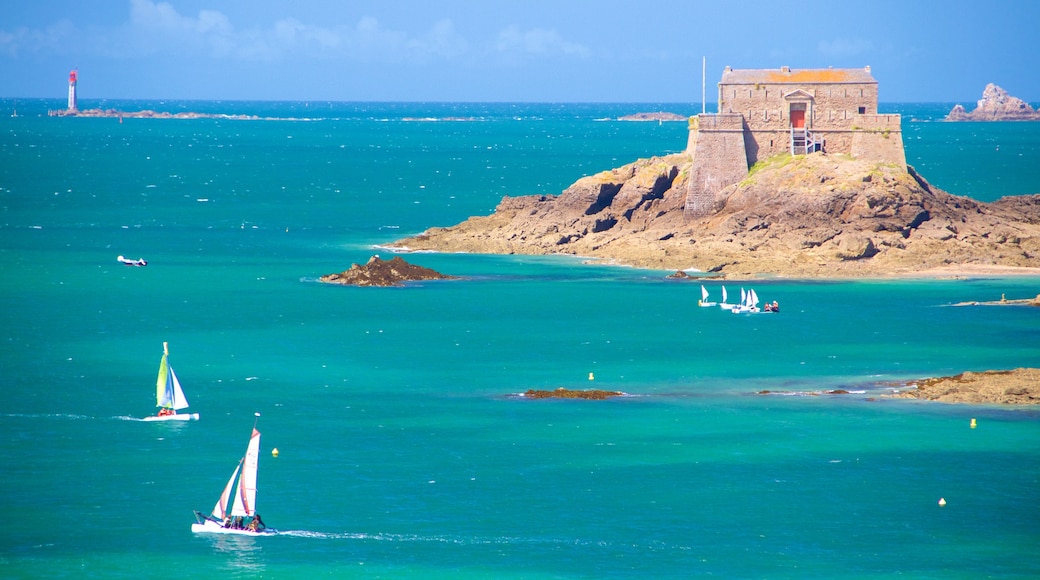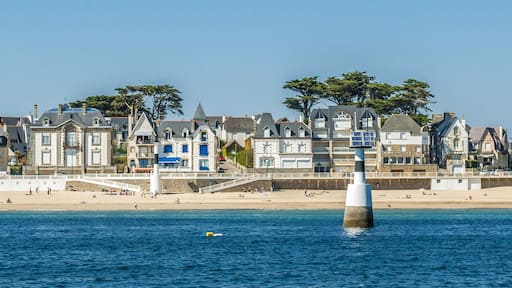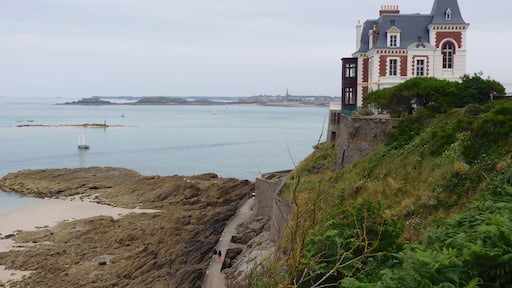With its location immediately across the English Channel from England, Brittany has long had close ties to the U.K. Many of the legends of King Arthur took place in this heavily forested and mysterious setting. Now that most of the forests have been chopped down, British tourists visit Brittany to relax in resort towns or see medieval citadels. Sit on the beach, explore ancient towns and learn about Brittany’s Celtic heritage.
Jutting out from France’s Atlantic coast, Brittany has both north and south shores lined with beaches and islands. Dinard on the north coast has some of the nicest beaches and features a classic resort town built in the 19th century for aristocratic British tourists. Drive along the large section of north coast known as the Côte de Granit-Rose (Rose-Granite Coast), which is lined with pink rocks. Swim on the protected beach of Ploumanac’h.
Take a ferry to one of the islands just off the Brittany coast, like the Île de Bréhat. About 400 people inhabit this interconnected pair of car-free islands off the north coast. Belle-Île off the southern coast is Brittany’s largest island and features 60 beaches and a wide selection of resort hotels. When you arrive near the port city of Le Palais, notice the star-shaped Citadelle Vauban.
Tour the mainland cities to see relics from the Europe of the Middle Ages and earlier. Walk along the walls of St-Malo, a fortified medieval city overlooking the north coast. Josselin is one of Brittany’s prettiest inland cities, with a three-towered château along a canal. Tour the castle from April to October. Visit Carnac on Brittany’s south coast to see the assortment of over 10,000 ancient rock formations.
Reach Brittany by ferry from the U.K. or by train, bus or plane from Paris. Join British daytrippers on the beach in July and August when the weather is warmest.












